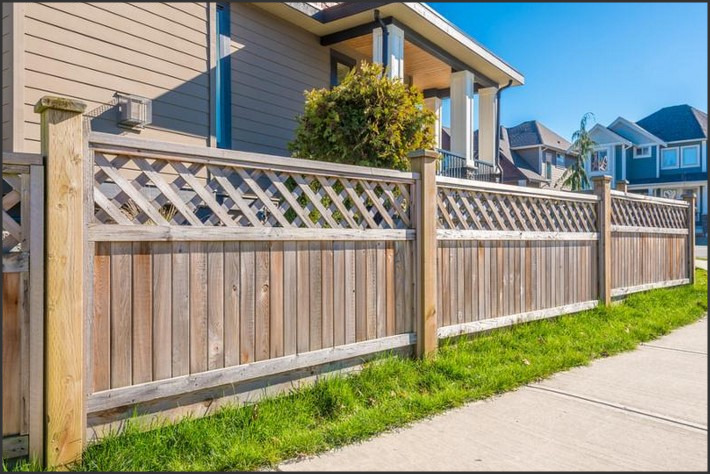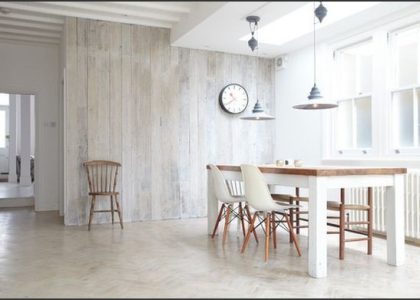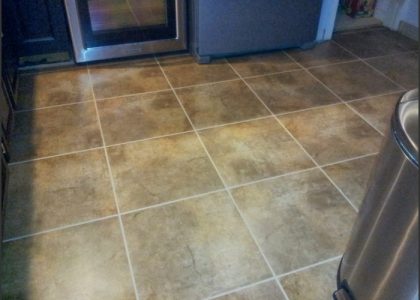
Fencing is a great way to add privacy, security, and aesthetic appeal to your home. But before you start building, it’s important to understand the cost of building a fence. This guide will help you understand the different factors that go into fencing finances, so you can make an informed decision about the best fence for your home. We’ll cover the cost of materials, labor, and other factors that can affect the cost of building a fence. We’ll also discuss ways to save money on fencing, so you can get the most out of your investment.
How to Budget for a Fence: A Guide to Estimating Fencing Costs
Budgeting for a fence is an important step in any home improvement project. A fence can provide security, privacy, and aesthetic value to your property, but it can also be a significant expense. To ensure that you stay within your budget, it is important to accurately estimate the cost of your fence before you begin the project. This guide will provide you with the information you need to accurately estimate the cost of your fence.
First, you will need to determine the type of fence you want. Different types of fences have different costs associated with them. For example, a chain-link fence is typically less expensive than a wooden fence. Additionally, the size of the fence will also affect the cost. The larger the fence, the more expensive it will be.
Once you have determined the type and size of the fence, you will need to calculate the materials and labor costs. Materials costs will include the cost of the fence posts, panels, and any other materials needed for the project. Labor costs will include the cost of hiring a professional to install the fence.
You will also need to factor in any additional costs associated with the project. These costs may include permits, tools, and any other items needed to complete the project. Additionally, you may need to factor in the cost of any landscaping or other improvements that may be necessary to complete the project.
Finally, you will need to factor in the cost of any additional features you may want to add to your fence. These features may include gates, lighting, or other decorative elements.
By taking the time to accurately estimate the cost of your fence, you can ensure that you stay within your budget. With careful planning and budgeting, you can create a beautiful and secure fence that will add value to your property.
The Benefits of Investing in a Fence: How to Maximize Your Return on Investment
Investing in a fence is a great way to add value to your property and increase the security of your home. Fences can also provide privacy, reduce noise, and create a more attractive outdoor space. With the right materials and installation, a fence can be a long-term investment that pays off in the form of increased property value and improved quality of life. Here are some tips for maximizing your return on investment when investing in a fence.
1. Choose the Right Materials: The type of material you choose for your fence will have a major impact on its longevity and aesthetic appeal. Wood is a popular choice for fences, but it requires regular maintenance and can be vulnerable to rot and insect damage. Vinyl and aluminum are more durable and require less maintenance, but they can be more expensive. Consider your budget and the climate in your area when selecting the right material for your fence.
2. Hire a Professional: Installing a fence is a complex job that requires specialized tools and knowledge. Hiring a professional to install your fence will ensure that it is done correctly and will last for years to come. A professional can also help you select the right materials and design for your fence, so you can get the most out of your investment.
3. Consider Your Needs: Before investing in a fence, consider your needs and how you plan to use it. If you are looking for privacy, a solid fence may be the best option. If you want to keep pets or children in the yard, a chain-link fence may be the best choice. Knowing your needs will help you select the right fence for your property.
4. Invest in Quality: Investing in a quality fence will ensure that it lasts for years to come. Look for fences made from durable materials and with strong construction. Quality fences are more expensive, but they will pay off in the long run with increased property value and improved security.
By following these tips, you can maximize your return on investment when investing in a fence. With the right materials and installation, a fence can be a long-term investment that pays off in the form of increased property value and improved quality of life.Fencing Finances: Understanding the Cost of Building a Fence is an invaluable resource for anyone considering building a fence. It provides a comprehensive overview of the costs associated with building a fence, from materials and labor to permits and insurance. It also offers helpful tips on how to save money and get the most out of your fencing project. With this information, you can make an informed decision about the best fencing option for your home and budget.




